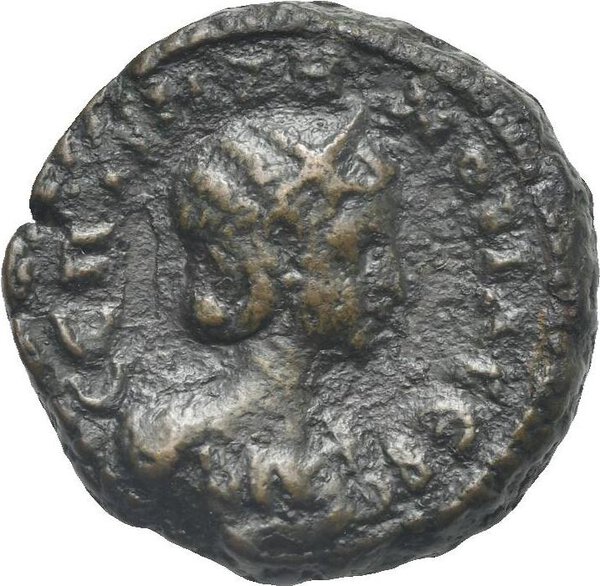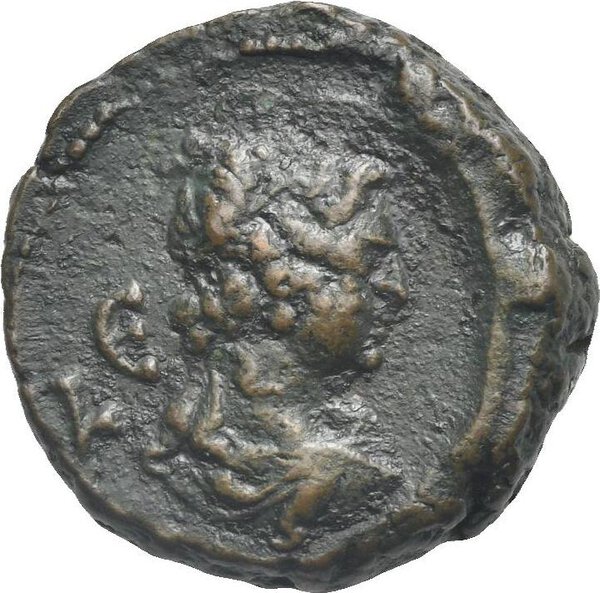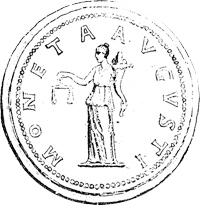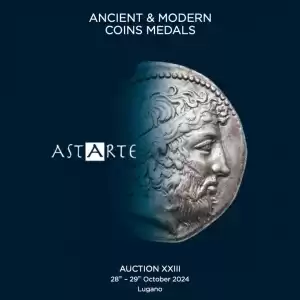

Egypt. Alexandria. Zenobia, 270-272. Tetradrachm (Bronze, 21.30 mm, 10.00 g) dated RY 5 (= 272) struck under Vabalathus. ϹЄΠΤΙΜΙΑ ΖΗ ΝΟΒΙΑ ϹЄΒ Draped and diademed bust of Zenobia right. Rev. Draped bust of Selene right, wearing taenia, large crescent before, L Є (date) to left. Dattari-Savio 5513. BMC 2398. Geissen - . Emmett 3913.5. Very Fine. Very rare.
Ex Künker 304, 19.03.2018, lot 1329.
Septimia Zenobia (circa 240 – 275 A.D.), queen of Palmira in Syria from 268 to 272 A.D. and lastly self-proclaimed Augusta, was one of the "femmes fatales" of classical antiquity. Zenobia, second wife of Odaenathus, lord of Palmira (circa 260-268 A.D.) and defender of the eastern borders of the roman empire against Sassanids, got rid of her consort and her stepson Herodian, turning the state into a reign independent from the roman empire. She self-proclaimed Augusta and descendant of the great Cleopatra, conquered wide regions in the East pushing as far as Antioch of Syria and Alexandria of Egypt, controlling the mint in these areas but only for a short time. Aurelian, the legitimate reigning ruler, temporarily adapted to a tolerated co-regency with her between 270 and the beginning of 272 A.D. This was until, in her delirium of omnipotence, Zenobia openly challenged Aurelian by dissociating himself from Omonoia and pursued his own independent path together with his young son Vaballathus, usurping the imperial dignity. To this very short period of 272 A.D. belong the few tetradrachms named to her or her son Vaballathus: her army was soon defeated by Aurelian indeed who regained possession of all Syrian and Egyptian regions occupied by Palmira troops and brought with him in triumph Zenobia with Vaballathus to Rome. This is one of the rarest and most sought-after coin of the Alexandrian autonomous series, also for its high historical importance. Our specimen is particularly well-centred and preserved; on the reverse the godlike Selene is indicated as the guardian of the Augusta Zenobia, but she was certainly not prophetic.


